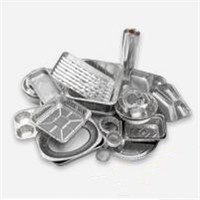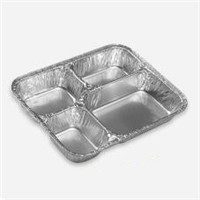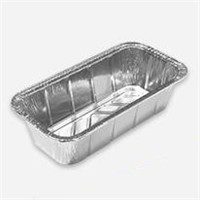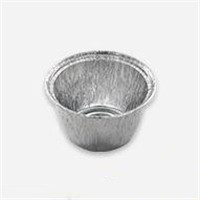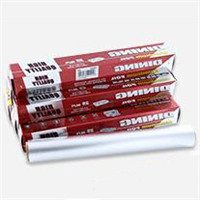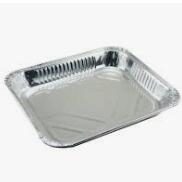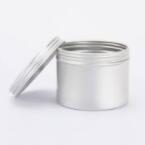In the production process of tinplate boxes, the first step is to print iron. The entire sheet of iron is printed according to the design, and then a rectangular iron sheet is cut with a cutting machine, the blank is rolled into a cylindrical shape, and the joints at both ends are welded longitudinally to form a cylindrical shape. One end of the cylinder and the round end cover are mechanically rolled and sealed, and the other end is put into the finished can cover to form a tinplate box. Tinplate boxes are made in the same way as tinplate boxes. Since most tinplate boxes and tinplate boxes are composed of three parts: can body, can cover and can bottom, they are also called three-piece cans. Generally speaking, three-piece cans usually refer to tinplate boxes. Two-piece cans mostly refer to aluminum cans.
Chinese companies have developed technology and machinery for laminating and making cans with laminating iron. At present, the integrated production line of 100 cans/min has been put into production. The modified effect, scratch resistance, and corrosion resistance of the produced aerosol cans are significantly better than traditional tinplate boxes. The application range of tinplate boxes has also been expanded. Products such as mousse, gel water, facial cleanser, skin cream, toothpaste and other products packed in tinplate boxes have been put on the market. Because of its novelty and low price, it is welcomed by consumers. Salty food aerosols such as seafood seasoning and spicy seasoning are also on the market. Although China’s aerosol market currently accounts for only 6-7% of the world, this market contains huge development potential and business opportunities.
Tinplate tin box refers to the tin can made of tinplate, also called tinplate box. There is no precise distinction between the two. Generally, the larger or round shape is called the tin can, and the smaller square shape is called the tin can. Tin box. Most tinplate boxes are printed with printing in order to be packaged exquisitely, so they are also called printed tin cans. Today, with the advent of intelligent machinery, the packaging and quality inspection of tinplate production requires manual manual operation, and most of the links have been automated. The basic production process of tinplate boxes is as follows: printing iron → cutting → stamping → packaging → quality inspection.



